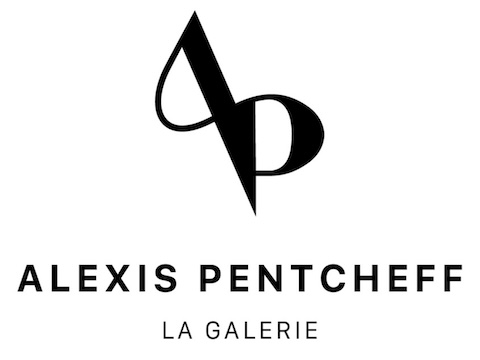From January 27, 2021
to January 31, 2021
For this rather special BRAFA, the gallery is pleased to welcome you to its Marseille space for an exhibition dedicated to modern art masters. Among this exceptional show, we will be delighted to present a rare painting by Pierre Bonnard, entitled Femme à sa toilette, painted around 1907.
This work has participated in many museum exhibitions in Australia, Italy and recently at the Musée du Cannet, dedicated to the artist. However, it has never been on the art market before. This portrait illustrates Bonnard’s «post-Nabi» period which is essential to understand the evolution of his painting. At that time, the painter gradually detaches himself from the Nabi precepts with a broader palette as well as a more personal interpretation, but still hasn’t faced the great upheavals suggested by the South of France.
In this work, one can sense a great influence of Degas. First, in the theme depicted here, the theme of a woman bathing. The two artists are really seeking intimacy. The intimacy of a bedroom and a woman’s body with these colors that are not dazzling but rather muted. Colors of a private interior, slightly secret and not daylight colors. Is it the intimacy of a couple? Since Bonnard met Marthe in 1893, she has posed for him most of the time and she will continue almost to the end of his life.
Each year in Brussels, the gallery is strongly attached to presenting a selection of important works by French painters who worked on the Mediterranean coast. Thus, for this special edition at home, we are also pleased to announce a body of works by Henri Martin, an intimate painting by Henri Lebasque, and a beautiful landscape of Saint-Tropez by Henri Manguin.
« In 1898 Henri Martin started to search for a large house in Aveyron, Lot or Tarn et Garonne. In 1900, he found it in Labastide du Vert, at the top of a hill overlooking the river. Then, he will have a studio built, higher up the slope, looking like a dovecote. Countless paintings exalting nature and the peaceful life of this small village demonstrate a great enthusiasm from the painter: his garden, which he laid out in flowerbeds, ponds and pergolas, fields and trees, vines, views from his house towards the valley animated by the smoke of the chimneys, a curve of the Vert, the bridge and the church.» Marie-Anne Martin Destrebecq for our series «Dans l’intimité des peintres»
A rare work by André Lhote is also part of the exhibition. Characteristic of the first part of his career, this piece catch the eye with its bright colors and its promising composition. While the boundaries of perspective seem blurred, a dark line and vigorous contrasts highlight the presence of each element. Largely influenced by Gauguin and the aesthetic shock sparked by the retrospective dedicated to Cézanne two years earlier, this angular work also carries silently the Cubist revolution without quite expressing it. While the painter explored these theories extensively during the rest of his career, notably with the group of synthetic cubism and the formation of his own school in Montparnasse in 1925, he never abandoned this dazzling and lively palette.


